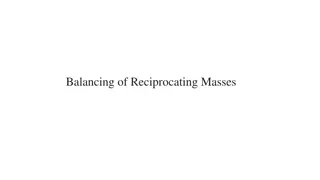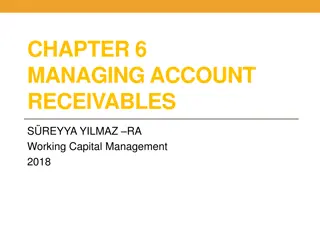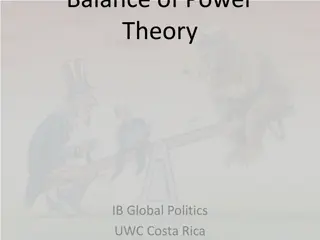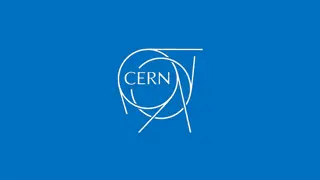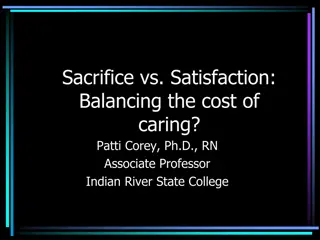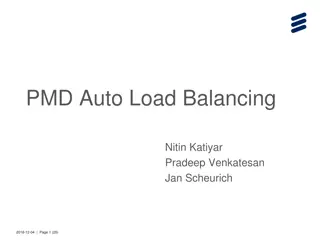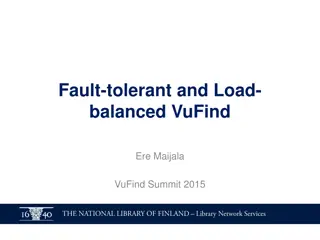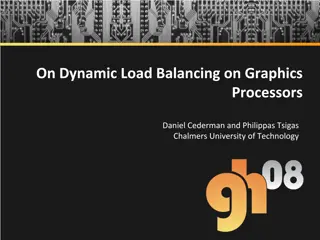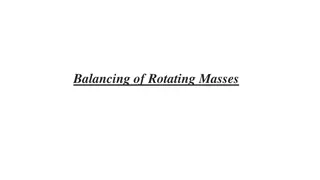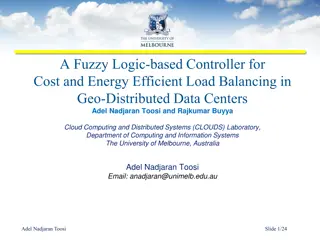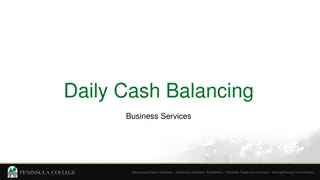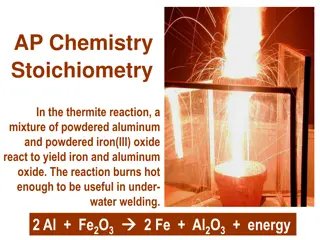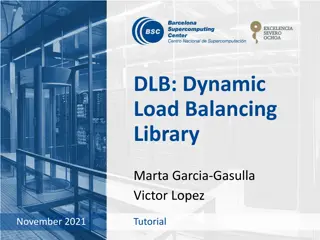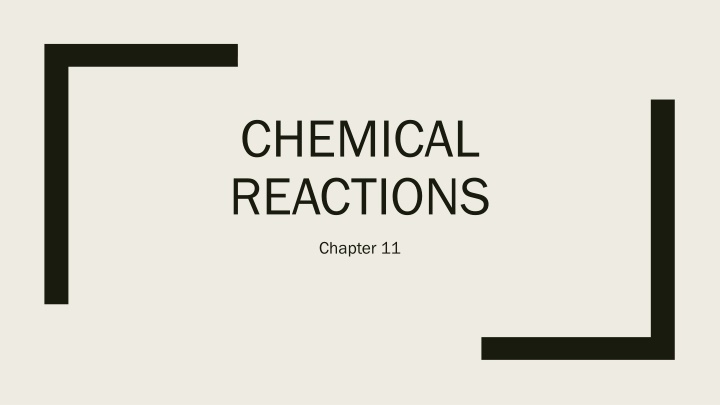
Chemical Reactions
Explore the fundamentals of chemical reactions including reactants, products, and various types like combination, decomposition, single replacement, double replacement, and combustion reactions. Learn how to describe chemical changes and follow the law of conservation of mass through skeleton equations.
Download Presentation

Please find below an Image/Link to download the presentation.
The content on the website is provided AS IS for your information and personal use only. It may not be sold, licensed, or shared on other websites without obtaining consent from the author. If you encounter any issues during the download, it is possible that the publisher has removed the file from their server.
You are allowed to download the files provided on this website for personal or commercial use, subject to the condition that they are used lawfully. All files are the property of their respective owners.
The content on the website is provided AS IS for your information and personal use only. It may not be sold, licensed, or shared on other websites without obtaining consent from the author.
E N D
Presentation Transcript
CHEMICAL REACTIONS Chapter 11
Describing Chemical Change: To understand chemical reactions we need to describe them in writing. Reactants vs. Products Reactants = those substances that are reacting or changing Products = those substances that are being formed from the reactants. Reactants Products Yields
Combination (Synthesis) Reactions Two or more substances combine to form a new compound. A + X AX Must only have one product!!
Decomposition Reactions A single compound undergoes a reaction that produces two or more simpler substances AX A + X Must only have one reactant!!
Single Replacement Reactions A + BX AX + B BX + Y BY + X Must have an element reacting with a compound MUSTuse activity series more on this next week
Double Replacement Reactions The ions of two compounds exchange places in an aqueous solution to form two new compounds. AX + BY AY + BX In order for this reaction to work, you must have a liquid, gas, or solid as a product. If not, it is not a reaction. More on this next week
Combustion Reactions The burning of natural gas, wood, gasoline Oxygen gas must be in the reactants. Carbon dioxide and water will be in the products. C3H8(g) + 5O2(g) 3CO2(g) + 4H2O(g)
Describing a Chemical Change: Remember: All chemical reactions must follow the law of conservation of mass What is this law?
Describing Chemical Change: Skeleton Equation: Does not indicate relative mole Shows only the formulas of the reactants and the products Example: Fe + O2 Fe2O3 Not Balanced!! Can also be written as a word equation: Iron plus oxygen yields Iron (III) oxide mole amounts
Describing a Chemical Change You can also indicate the state of each substance by using symbols to represent solid (s), liquid (l), gas (g) and aqueous (aq) Example: Fe(s) + O2 (g) Fe2O3(s)
Balancing Chemical Equations Balanced equations usually contain coefficients Coefficients = numbers placed in front of the symbol/formula for each substance Represents the number of moles Coefficients are always whole numbers and in the lowest whole number ratio
Balancing Chemical Equations: A balanced chemical equation has the same number of atoms of each element on both sides of the equation. Example: 2H2 + O2 2H2O Coefficients
Balancing Chemical Equations: Some helpful tips: 1. Solve the more complicated compounds first. Leave hydrogen and oxygen for the end. 2.Polyatomic ions present on both sides of the equation count as one unit. 3. When an element is present in 2 different spots on the same side, balance last.
Practice from worksheet 1. ___CaO + ___H2O ___Ca(OH)2 14. ___Al + ___O2 ___Al2O3 27. ___AgNO3 + ___Ni ___Ni(NO3)2 + ___Ag 35. ___Al I3 + ___HgCl2 ____AlCl3 + ____HgI2 48. ___CH4 + ___O2 ___CO2 + ___H2O 49. ___C2H6 + ___O2 ___CO2 + ___H2O

